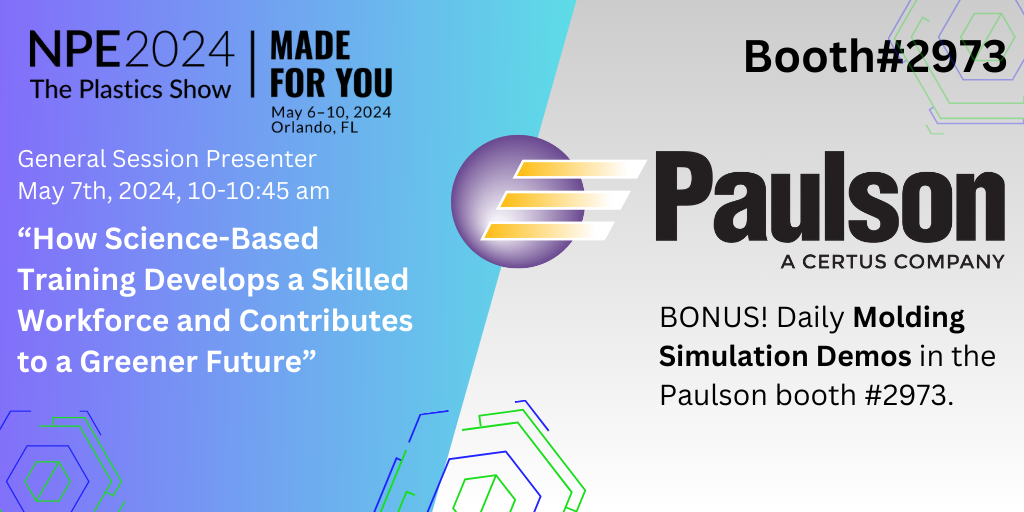 Short shots in injection molding typically appear in the last place in the injection mold that you expect the plastic to fill. Usually that is in the cavity furthest from the sprue (in an unbalanced runner system). The molder expects any short shot will occur at that location because it represent the longest flow length for any of the cavities. That is usually how a short shot occurs, but not always.
Short shots in injection molding typically appear in the last place in the injection mold that you expect the plastic to fill. Usually that is in the cavity furthest from the sprue (in an unbalanced runner system). The molder expects any short shot will occur at that location because it represent the longest flow length for any of the cavities. That is usually how a short shot occurs, but not always.
Sometimes short shots occur in cavities nearest the sprue. Other defects you might see in this situation are unexpected weld lines, a hole in the part or burn marks. Care to guess how that can be?
First let’s look at the short shot problem…
When the molten plastic begins to fill a mold it naturally flows through the easiest path (the path of least resistance to flow). Cavity filling begins at the cavities nearest the sprue. But if you have a mold with very thin sections, the plastic nearest the sprue will enter that section then flow until it reaches the thin section. Here it will stop. Why? Because the pressure in the mold is still too low to get the plastic melt through the thin section. It is only when the other cavities in the mold are filled that the pressure in the mold increases enough to allow the plastic melt to flow through the thin section.
When all the cavities are full (or nearly full), plastic pressure builds up throughout the mold. But in the cavities where flow into the thin section stopped, this plastic may have already frozen enough to prevent any further flow into the rest of the mold cavity. Mold filling can continue but not in the thin section of the mold. The result of this sequence of events is a short shot in a location of the injection molding that is NOT the last place to fill.
So what about the possibility of additional problems like weld lines, holes in the part and burn marks mentioned above?
Depending on the runner design in a particular mold, the plastic melt may find a way to flow around the thin sections and fill the mold cavity from other directions. If this happens, the result is that there may be a hole because of incomplete filling near the thin section You also may see a burn mark. This is caused by trapped air and the resulting combustion. Lastly, you may also get a weld line. The weld line is caused by molten plastic meeting the already frozen plastic in the thin area of the mold.
So, if you see any of these defects in your parts near the sprue, you now know the cause.
What is the solution to this type of Short Shot?
Fundamentally, this is a part design problem. Don’t put thin sections in the interior of the plastic part. If your design demands a thin section in the interior of the part, place the gate in the thin section. In the case where the tool is already built and cannot be re-tooled, faster filling, a higher mold temperature and/or higher plastic temperature are your only alternatives .
Molds that must be designed with an interior thin section usually gate into the thin section to eliminate the problem. This is definitely your preferred solution.


